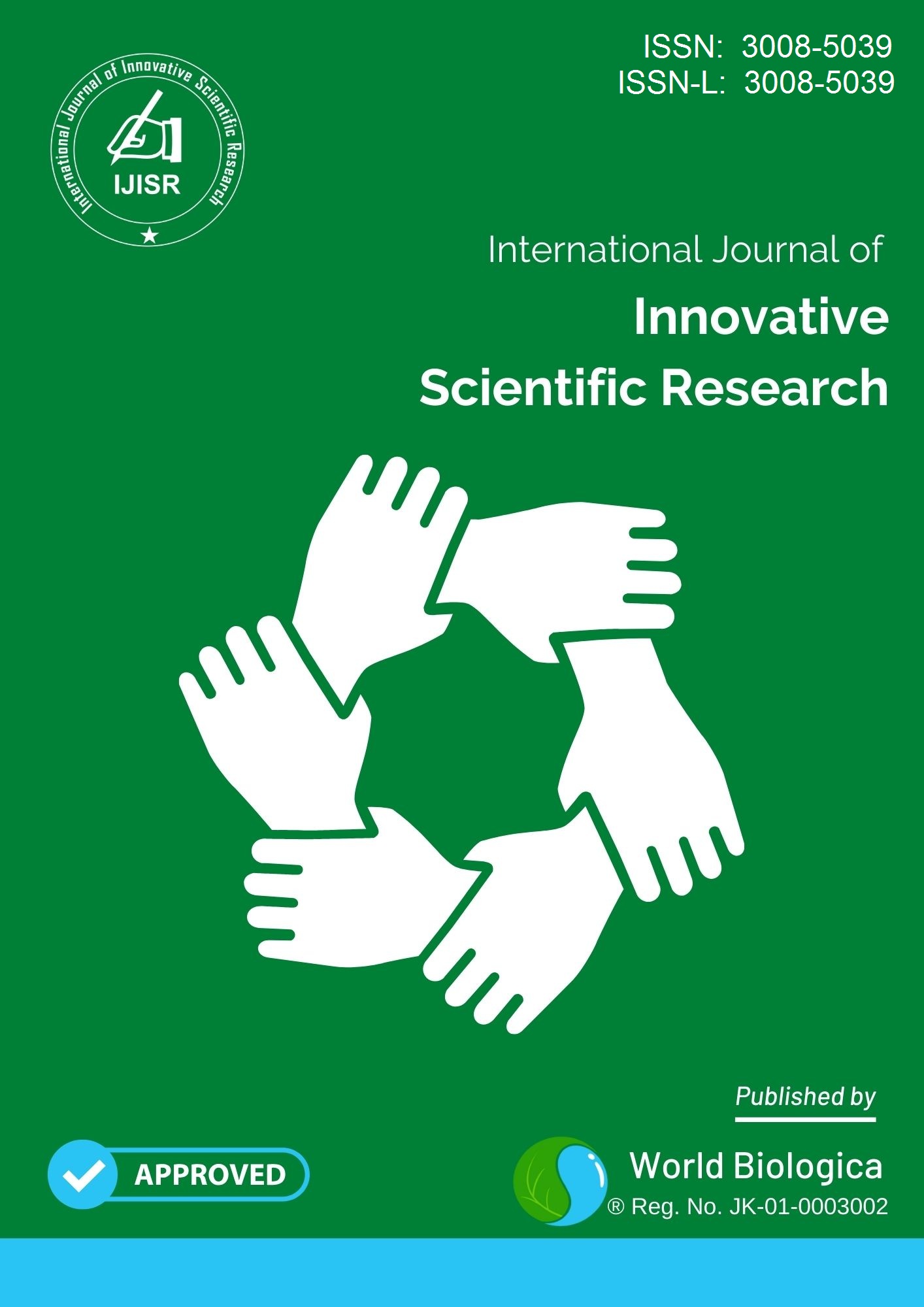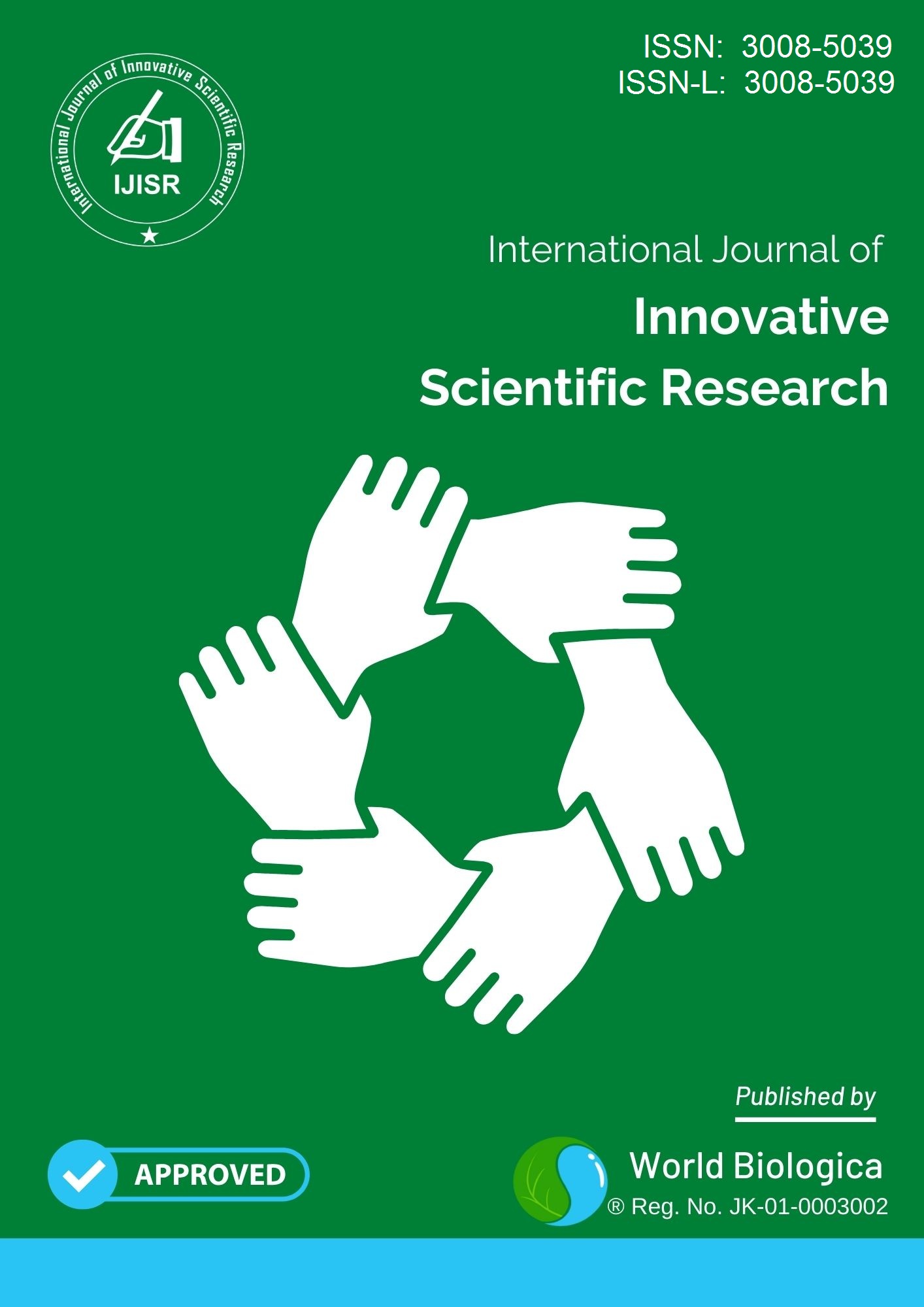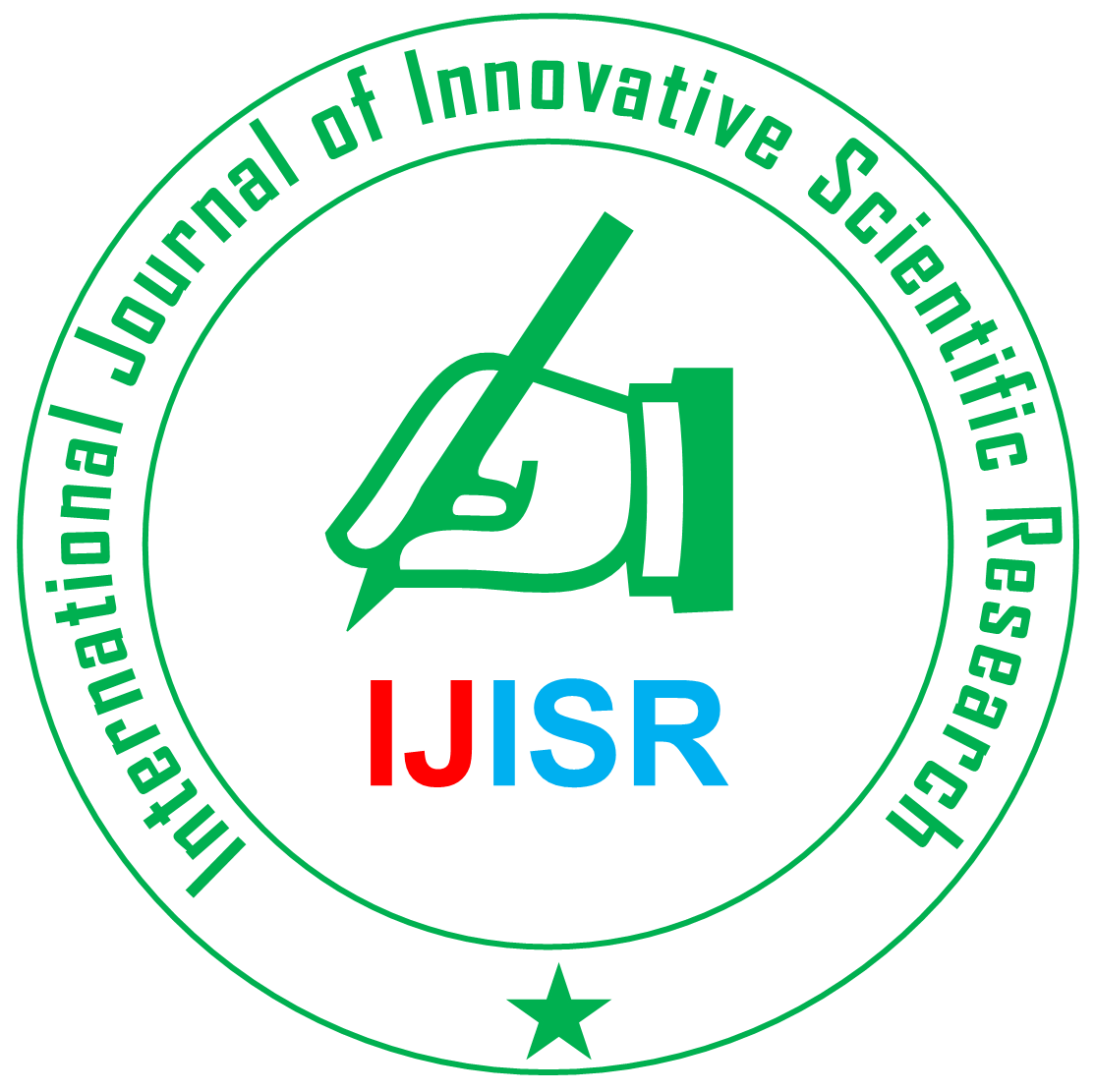Chatbots Vs Human Agents
A Comparative Study of Customer Satisfaction in the Financial Services Industry in Sri Lanka
Cuvinte cheie:
Artificial Intelligence, Chatbot, Human Agent, Customer SatisfactionRezumat
The use of Artificial Intelligence (AI) in customer engagement has drastically altered the operating reality of Sri Lanka's banking industry by enhancing customer service speed and access, but customer satisfaction level is a key marker for analyzing AI service effectiveness compared to human interaction. The study utilizes a quantitative cross-sectional methodology to analyze and compare customer satisfaction levels between the two service delivery mediums. A structured survey was developed and randomly administered to 520 banking customers in Sri Lanka about their experiences according to the five dimension of the SERVQUAL Model (reliability, responsiveness, assurance, empathy, and tangibles). The results suggest that AI powered chatbots are typically consistent and efficient in performance. However humans are regularly rated higher in areas requiring emotional intelligence and connectivity which contributes positively to customer satisfaction. As discussed in the study the constructs predicted by the theoretical frameworks; Technology Acceptance Model (TAM), Expectation Confirmation Theory (ECT) and Social Presence Theory (SPT) identified these variables. The regression results indicated statistically significant difference in satisfaction levels and perceived effectiveness; human agents were rated more positively overall. These outcomes highlight the need for a hybrid service method that utilizes AI's efficiency as well as the relational and emotional abilities of humans. The outcomes provide practical advice to Sri Lankan financial institutions that want to improve customer experience with a hybrid strategy that allows for the right combination of automation and human effort in digital banking services.
##plugins.themes.default.displayStats.downloads##
Referințe
Ameen, N., Tarhini, A., Reppel, A., & Anand, A. (2021). Customer experiences in the age of artificial intelligence. Computers in Human Behavior, 114, 106548.
Baek, T. H., Ahn, J., & Choi, Y. (2021). The role of language style in chatbot-based service interactions. Journal of Business Research, 134, 657–669.
Baron, R. M., & Kenny, D. A. (1986). The moderator-mediator variable distinction in social psychological research: Conceptual, strategic, and statistical considerations. Journal of Personality and Social Psychology, 51(6), 1173–1182.
Central Bank of Sri Lanka. (2022). Annual Report.
Chatterjee, S., Rana, N. P., Tamilmani, K., & Sharma, A. (2020). The adoption of artificial intelligence in customer relationship management: A systematic literature review. Journal of Business Research, 122, 374–388.
Davis, F. D. (1989). Perceived usefulness, perceived ease of use, and user acceptance of information technology. MIS Quarterly, 13(3), 319–340.
Gefen, D., & Straub, D. W. (2003). Managing user trust in B2C e-services. E-Service Journal, 2(2), 7–24.
Giles, H. (1973). Accent mobility: A model and some data. Anthropological Linguistics, 15(2), 87–105.
Gnewuch, U., Morana, S., & Maedche, A. (2017). Towards designing cooperative and social conversational agents for customer service. Proceedings of the International Conference on Information Systems (ICIS).
Grewal, D., Hulland, J., Kopalle, P. K., & Karahanna, E. (2021). The future of technology and marketing: A multidisciplinary perspective. Journal of the Academy of Marketing Science, 49(1), 1–19.
Herath, D. (2019). Language and communication in service encounters: A Sri Lankan perspective. South Asian Journal of Marketing, 2(1), 33–45.
Huang, M. H., & Rust, R. T. (2018). Artificial intelligence in service. Journal of Service Research, 21(2), 155–172.
Ladhari, R. (2009). Service quality, emotional satisfaction, and behavioural intentions. Managing Service Quality, 19(3), 308–331.
Lemon, K. N., & Verhoef, P. C. (2016). Understanding customer experience throughout the customer journey. Journal of Marketing, 80(6), 69–96.
Lu, V. N., Berens, G., van Riel, C. B., & Lilien, G. L. (2020). Emotional intelligence and customer service: A longitudinal perspective. Industrial Marketing Management, 85, 206–217.
Marques, C., Ferreira, J., & Ferreira, F. (2021). Artificial intelligence and digital transformation in services: A review and research agenda. Service Business, 15(3), 461–487.
McLean, G., & Osei-Frimpong, K. (2019). Chat now… Examining the variables influencing the use of online live chat. Technological Forecasting and Social Change, 146, 55–67.
Oliver, R. L. (1997). Satisfaction: A Behavioral Perspective on the Consumer. McGraw-Hill.
Oliver, R. L. (1980). A cognitive model of the antecedents and consequences of satisfaction decisions. Journal of Marketing Research, 17(4), 460–469.
Parasuraman, A., Zeithaml, V. A., & Berry, L. L. (1988). SERVQUAL: A multiple-item scale for measuring consumer perceptions of service quality. Journal of Retailing, 64(1), 12–40.
Parasuraman, A., Zeithaml, V. A., & Malhotra, A. (2005). E-S-QUAL: A multiple-item scale for assessing electronic service quality. Journal of Service Research, 7(3), 213–233.
Roy, S. K., Lassar, W. M., Shekhar, V., & Chen, T. (2022). The role of human contact in enhancing customer experience with digital banking services. Journal of Retailing and Consumer Services, 64, 102773.
Shankar, V., Smith, A. K., & Rangaswamy, A. (2003). Customer satisfaction and loyalty in online and offline environments. International Journal of Research in Marketing, 20(2), 153–175.
Turel, O., & Serenko, A. (2006). Satisfaction with mobile services in Canada: An empirical investigation. Telecommunications Policy, 30(5–6), 314–331.
Van Doorn, J., Mende, M., Noble, S. M., Hulland, J., Ostrom, A. L., Grewal, D., & Petersen, J. A. (2017). Domo arigato Mr. Roboto: Emergence of automated social presence in organizational frontlines. Journal of Service Research, 20(1), 43–58.
Short, J., Williams, E., & Christie, B. (1976). The Social Psychology of Telecommunications. Wiley.
Venkatesh, V., & Davis, F. D. (2000). A theoretical extension of the Technology Acceptance Model: Four longitudinal field studies. Management Science, 46(2), 186–204.
Xu, X., Teo, H. H., Tan, B. C., & Agarwal, R. (2020). The role of push-pull technology in privacy calculus: The case of location-based services. Information Systems Research, 31(1), 227–246.
Zeithaml, V. A., Bitner, M. J., & Gremler, D. D. (2006). Services Marketing: Integrating Customer Focus Across the Firm. McGraw-Hill.
Descărcări
-
Download PDF (Engleză)
 Rezumat Views: 254,
Rezumat Views: 254,  Download PDF (Engleză): 110
Download PDF (Engleză): 110
Publicat
Număr
Secțiune
Licență
Copyright (c) 2025 International Journal of Innovative Scientific Research

Această lucrare este licențiată în temeiul Creative Commons Attribution-ShareAlike 4.0 International License.

















